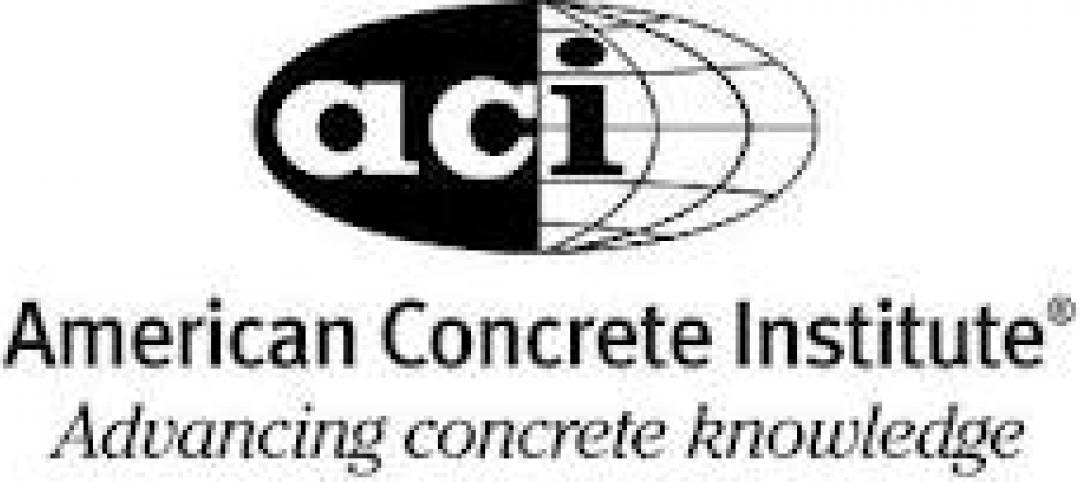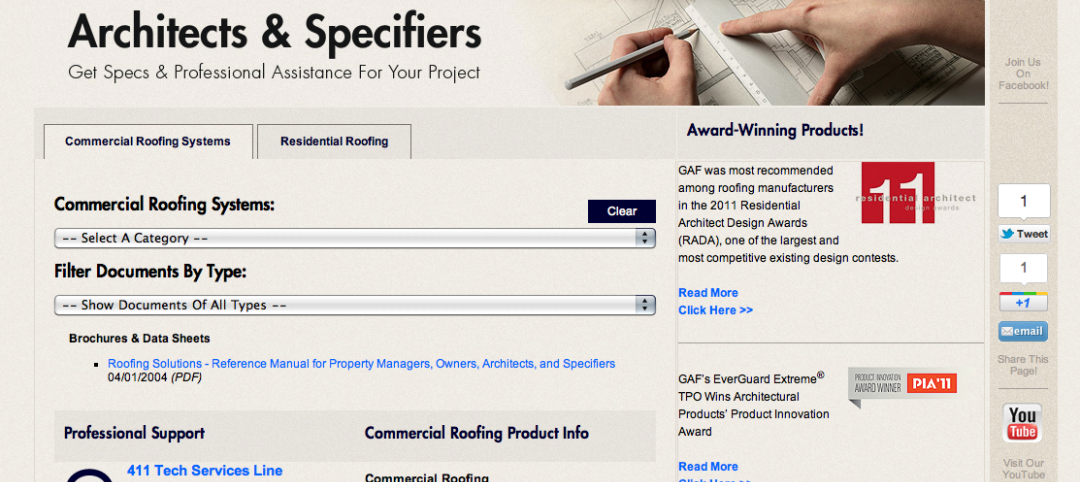Green buildings yield significant operational cost savings compared with traditional buildings and produce higher asset values, according to the World Green Building Trends 2016 Smart Market Report, by Dodge Data & Analytics and United Technologies Corporation.
More than 1,000 survey participants from 69 countries said they expect a 14% savings in operational costs over five years for new green buildings, and 13% savings over five years for green retrofits and renovations. In addition, building owners say that green buildings, both new and renovated, carry a 7% increase in asset value over traditional buildings.
These findings explain why building industry professionals forecast that more than 60% of their projects will be built to green standards by 2018. They also support the notion that green leases are becoming more attractive to tenants and investors, who are willing to pay premiums for long-term benefits.
Recent studies have indicated that green workplaces also benefit the bottom line by improving employee productivity and reducing absenteeism, staff turnover, and medical costs.
Related Stories
| Feb 23, 2012
Federal agencies fixed on leasing LEED-certified space
The federal government is especially focused on renting LEED-certified spaces.
| Feb 23, 2012
Regulators investigating construction accident at World Trade Center
The New York Port Authority and the city’s fire and building departments are investigating an accident at the World Trade Center construction site in lower Manhattan after a crane dropped steel beams that fell about 40 stories onto the truck that delivered them.
| Feb 23, 2012
New Virginia statewide building code goes into effect March 1
After March 1, all building plans in Virginia must adhere to the 2009 code that was adopted a year ago.
| Feb 23, 2012
Privatizing flood insurance could lead to new code requirements
One thing that could pave the way toward private flood insurance would be NFIP reforms, like requiring new construction in flood-prone areas to be elevated.
| Feb 22, 2012
ACI BIM manual for cast-in-place concrete in development
The improved communication, coordination, and collaboration afforded by BIM implementation have already been shown to save time and money in projects.
| Feb 20, 2012
Comment period for update to USGBC's LEED Green Building Program now open
This third draft of LEED has been refined to address technical stringency and rigor, measurement and performance tools, and an enhanced user experience.
| Feb 20, 2012
GAF introduces web portal for architects and specifiers
The new portal offers a clean look with minimal clutter to make it easier to find the technical information and product data that architects need.
| Feb 17, 2012
AGC advocates for federal procurement reform
Ensure that small business goals take into consideration actual small business capacity in relevant specialty markets.
| Feb 17, 2012
Codes not to blame for Anchorage roof collapses following heavy snows
Design or construction problems likely contributed to the collapses, according to city officials.
















